BaoDao Talk Blog
2024-08-23updated
Understanding Green Buildings: Definition, Characteristics, and Examples in Taiwan
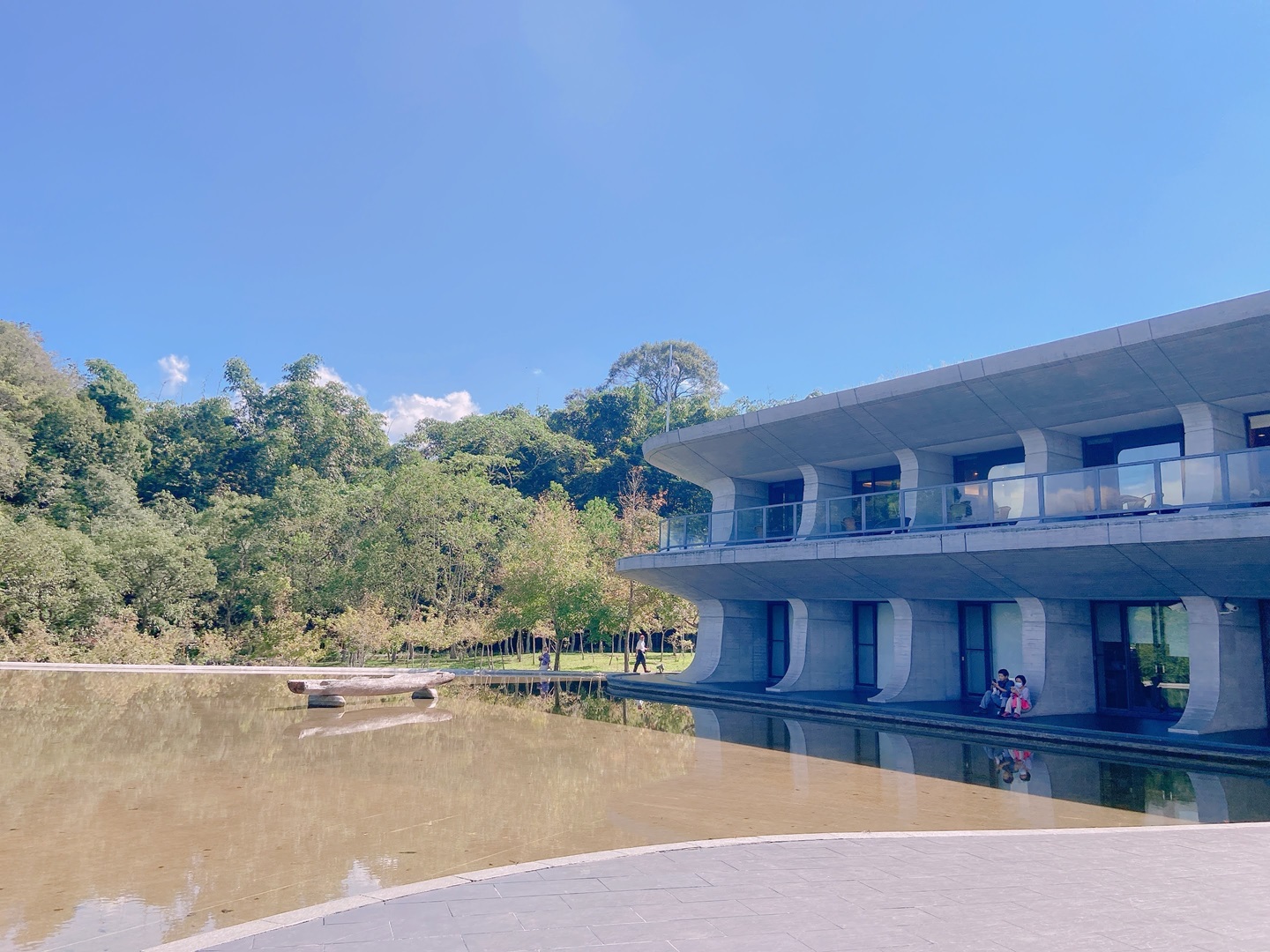
# Get to know Taiwan
In recent years, the concept of "green building" has gained significant attention worldwide as an essential part of sustainable development. As environmental concerns become increasingly critical, more countries are adopting eco-friendly building practices to reduce their carbon footprints and create healthier living environments. Taiwan is no exception, actively promoting green architecture that blends modern design with ecological responsibility. This article explores the definition and characteristics of green buildings, as well as showcases some of the most notable examples in Taiwan that exemplify the island's dedication to sustainable architecture.
Quick Navigation
What is a Green Building?
The concept of "green building" varies across different countries, with each having its own name, definition, and scope. For instance, in Japan, the earliest development of green buildings was known as "Environmental Symbiotic Housing," which includes three main aspects: "global environmental conservation," "affinity with the surrounding environment," and "a healthy and comfortable living environment." In Europe, green buildings are often referred to as "Ecological Buildings" or "Sustainable Buildings," emphasizing ecological balance, conservation, biodiversity, resource recycling, renewable energy, and energy efficiency as key elements of sustainable development. In contrast, countries like the United States and Canada simply call it "Green Building," focusing on energy efficiency, resource and material utilization, indoor environmental quality, and environmental compatibility.
Despite the variations, the core goal of green building across different regions is to reduce environmental impact and achieve a harmonious coexistence with the environment. From this perspective, the design concept of green buildings is centered on sustainable building practices, which involve comprehensive and systematic environmental designs. In essence, green buildings can be defined as structures that aim to create a healthy and comfortable living environment while pursuing a symbiotic relationship with the earth and ensuring the sustainable development of human living environments.
Green Building Evaluation Systems
Currently, there are around 26 green building evaluation systems worldwide. Taiwan stands as the fourth country, following the UK, the US, and Canada, to implement a scientifically quantified green building evaluation system. It is also the only system specifically developed for tropical and subtropical regions.
Therefore, green buildings are defined as structures that minimize the consumption of earth's energy and resources, produce minimal waste, and possess characteristics of ecology, energy efficiency, health, and waste reduction. These buildings emphasize systematic and comprehensive environmental design that promotes a harmonious relationship with the earth.
Top 9 Must-Visit Green Buildings in Taiwan
To celebrate Earth Day on April 22nd, here are nine green building landmarks across Taiwan, each showcasing unique creativity and integration with local landscapes. These buildings are not only environmentally friendly but also beautifully harmonize with their surroundings, making them well worth a visit.
1、Beitou Library, Taipei (北投圖書館)
Beitou Library, Taiwan's first green building library, has earned a "Diamond-grade Green Building Label." Constructed primarily of wood, the library is located within Beitou Eco Park, using recyclable materials. Its green roof features solar panels and a rainwater collection system, achieving energy and water efficiency. Resembling a treehouse, the library provides a peaceful reading environment, making it one of the "25 Most Beautiful Public Libraries in the World" according to Flavorwire.com.

2、Cloud Gate Theater, Tamsui (淡水雲門劇場) After the original Cloud Gate rehearsal studio in Bali was destroyed by fire, the new Cloud Gate Theater was built on the site of the former Central Broadcasting Station. This green building blends historical and natural elements, featuring modern architecture that dialogues with nature. The design incorporates the surrounding landscape, creating an artistic base that breathes and grows with the environment.
3、Taipei 101 (台北101)
Known as Taiwan's tallest skyscraper, Taipei 101 received the LEED Platinum certification in 2011 for its energy-efficient practices and sustainability. The building's design incorporates wind resistance features, energy-saving measures, and rainwater recycling, setting a global standard for super-tall green buildings.

4、Longgang Library, Taoyuan (桃園市立圖書館龍崗分館) Another "Diamond-grade Green Building," Longgang Library is praised as the most beautiful community library. It preserves the surrounding trees, features solar panels, and uses natural light to reduce energy consumption. The library’s design harmonizes with the local environment, making it a model of aesthetic and functional integration.
5、Xiangshan Visitor Center, Sun Moon Lake (南投日月潭向山遊客中心)
Designed by renowned architect Tadao Ando, the Xiangshan Visitor Center blends seamlessly with the natural landscape. The building uses reclaimed soil for its green roof and features excellent ventilation and lighting, reducing the need for artificial air conditioning and lighting.

6、Southern Branch of the National Palace Museum, Chiayi (嘉義故宮南院) The Southern Branch of the National Palace Museum is a "Diamond-grade Green Building" that integrates traditional Chinese ink painting techniques into its design. The museum's landscape also serves ecological functions, such as flood control and conservation, while showcasing its rich cultural heritage.
7、Taijiang National Park Headquarters (台江國家公園行政中心) The Taijiang National Park Headquarters, also known as "Taijiang Academy," earned the "Diamond-grade Green Building Label" for its successful integration of local natural landscapes and culture into its sustainable architecture. The building, designed as a "floating house," can withstand floods and uses local materials like oyster shell bricks to enhance insulation.
8、Starbucks Hualien Bay (星巴克洄瀾門市) Designed by Japanese architect Kengo Kuma, Starbucks Hualien Bay is Asia's first container coffee shop, constructed from 29 recycled containers. The structure incorporates elements of traditional Chinese architecture, such as cantilever mechanics, and features a large skylight for natural lighting, showcasing a perfect blend of modern design and indigenous culture.
9、Taitung University Library (國立臺東大學圖書資訊館) Taitung University Library, recognized as one of the "Top 10 Must-Visit Libraries in Taiwan," is a "Diamond-grade Green Building" designed in the shape of a pyramid. The library uses green roofs to lower indoor temperatures and employs natural lighting to meet energy-saving standards. With its breathtaking view of the Pacific Ocean, it is a green building that truly breathes with nature.
Conclusion
Green buildings are more than just a trend; they represent a crucial step towards a sustainable future. In Taiwan, these structures are not only environmentally responsible but also culturally significant, harmonizing with the local landscape and community. From the iconic Taipei 101 to the serene Beitou Library, these buildings serve as models of how architecture can contribute to ecological balance and enhance the quality of life. As Taiwan continues to innovate and lead in green building practices, it sets an example for the rest of the world, proving that it is possible to achieve development without compromising the planet's health. Whether you are an environmental enthusiast, an architecture lover, or simply a curious traveler, these green buildings are well worth a visit, offering inspiration and a glimpse into a more sustainable future.
Share to:
Popular Articles
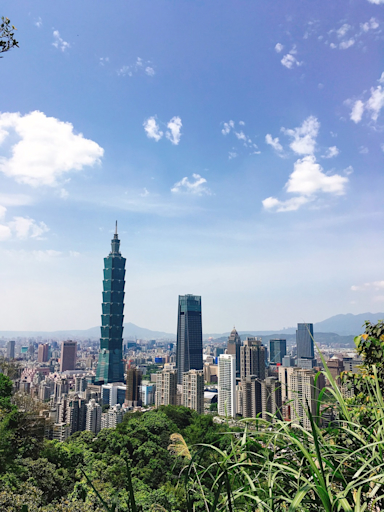
2024-09-20

2024-08-30

2024-08-16
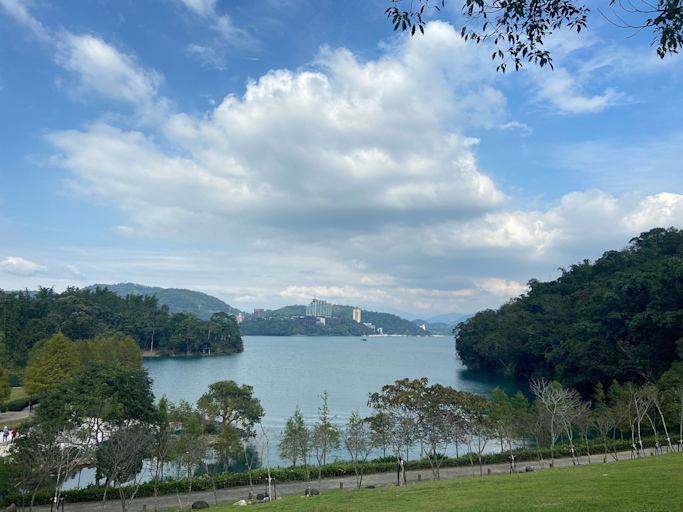
2024-08-08
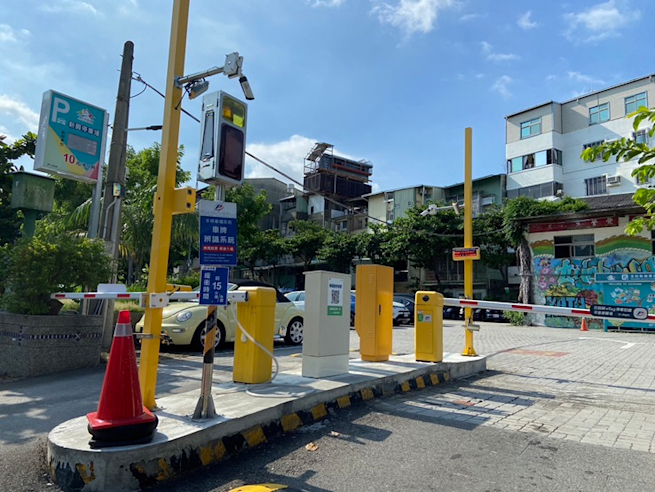
2024-08-02
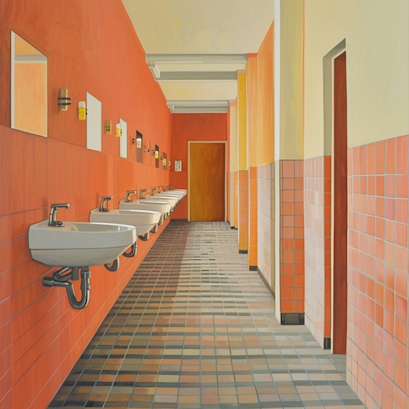
2024-07-26
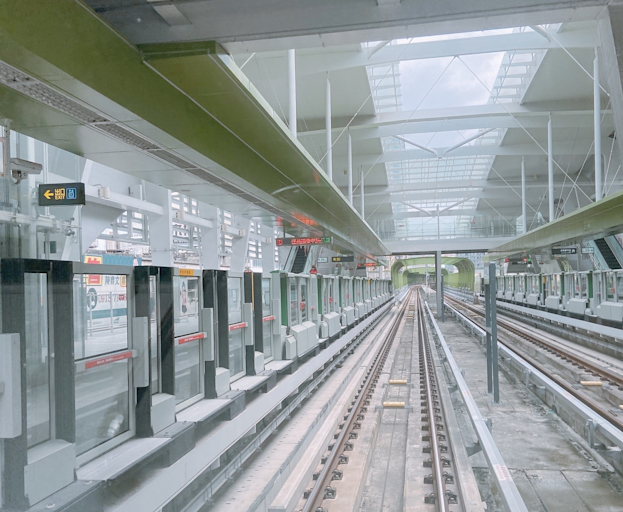
2024-07-19

2024-07-12

2024-06-28
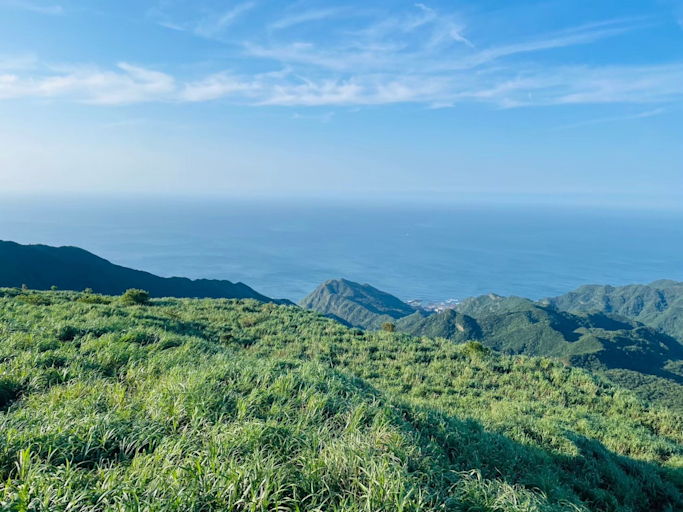
2024-06-21
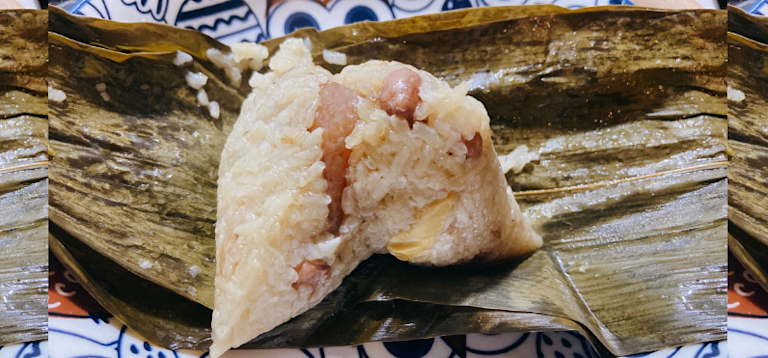
2024-06-11